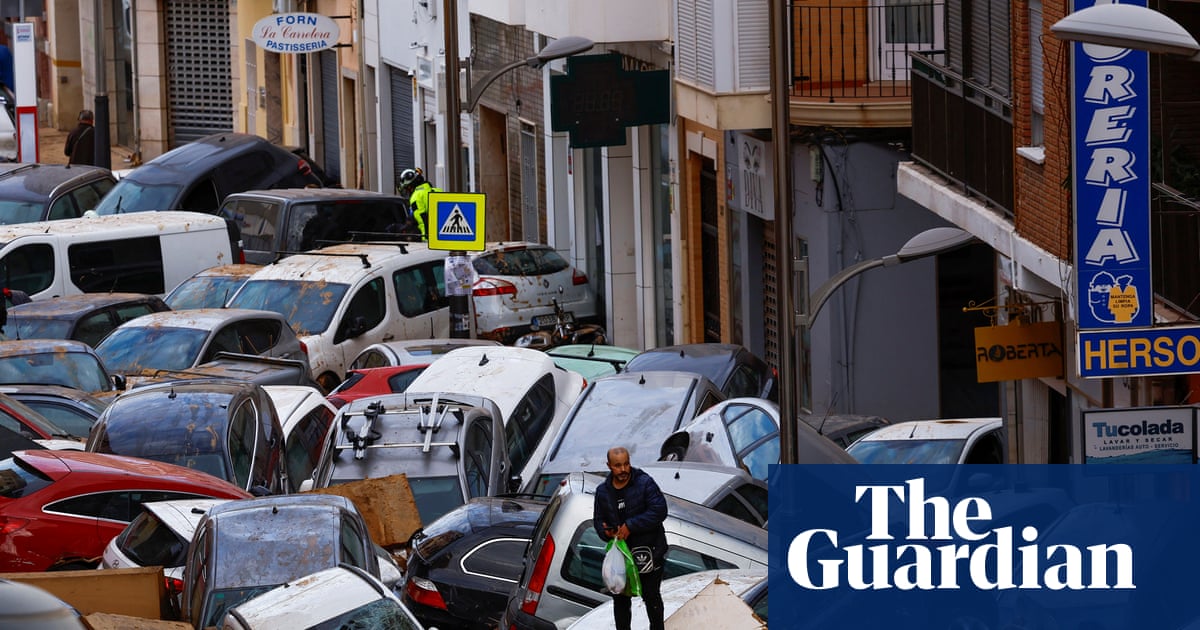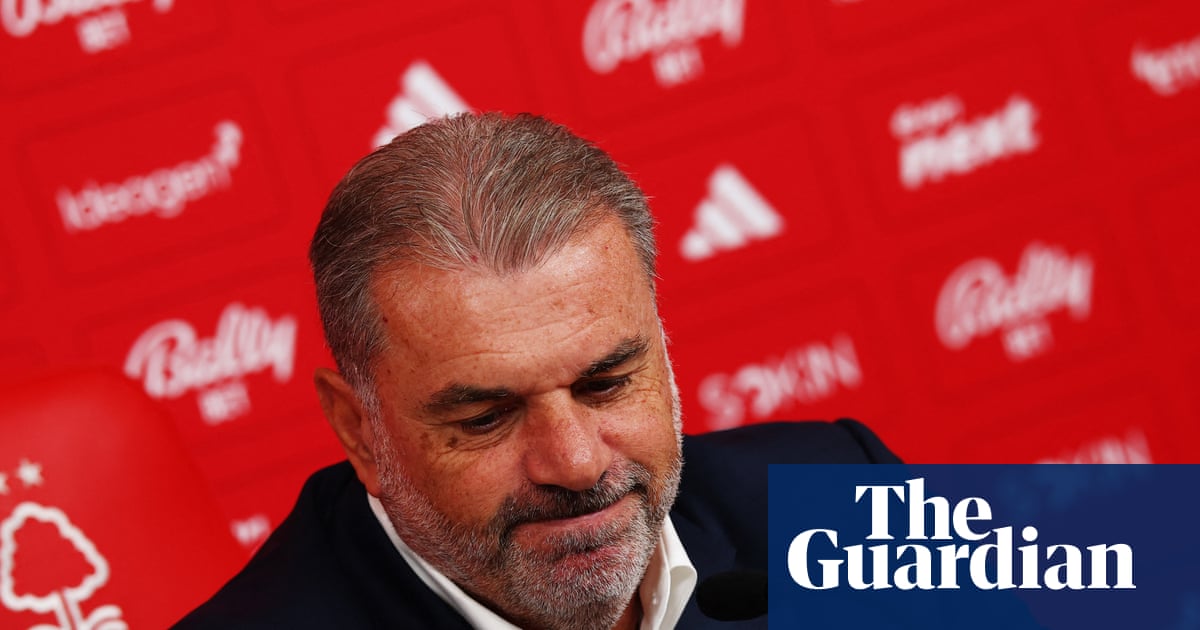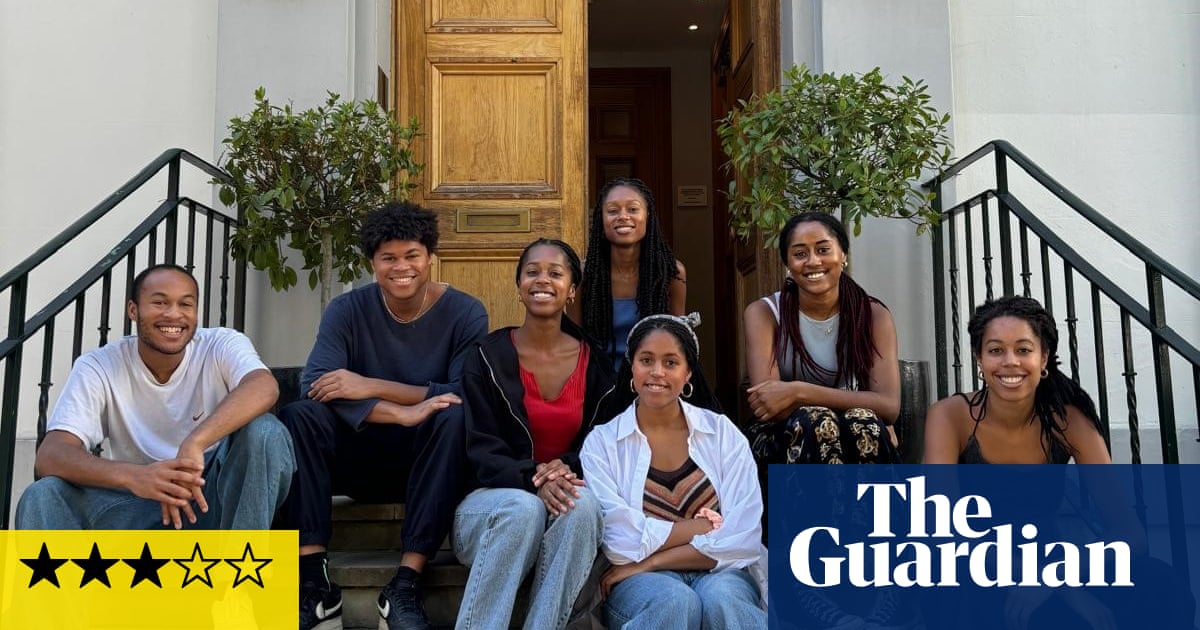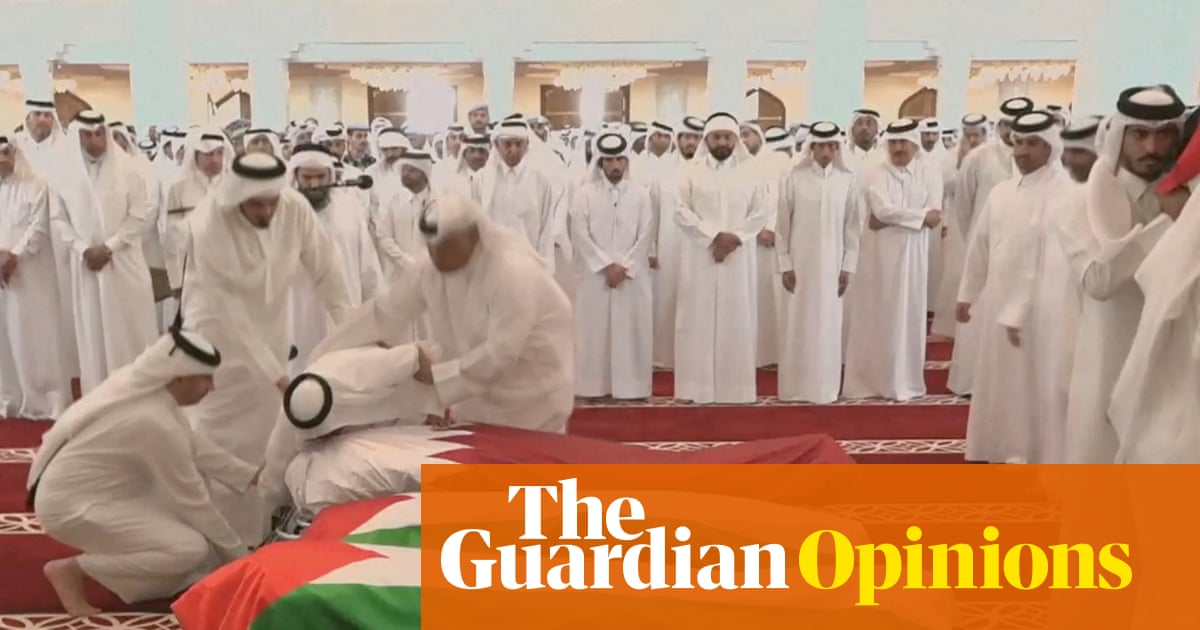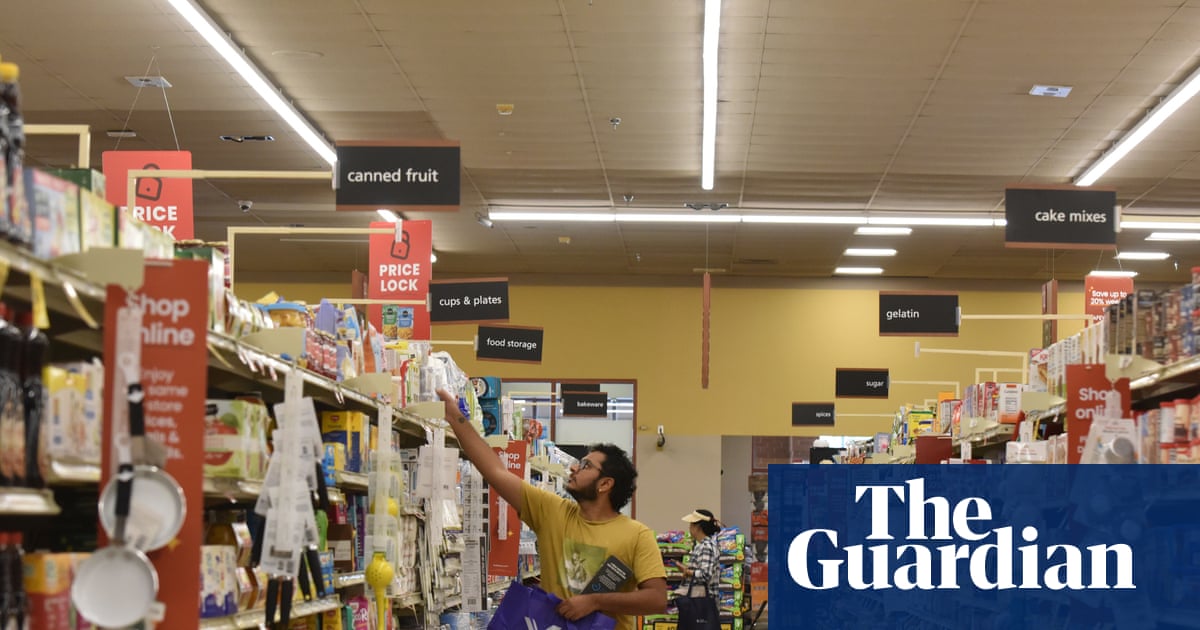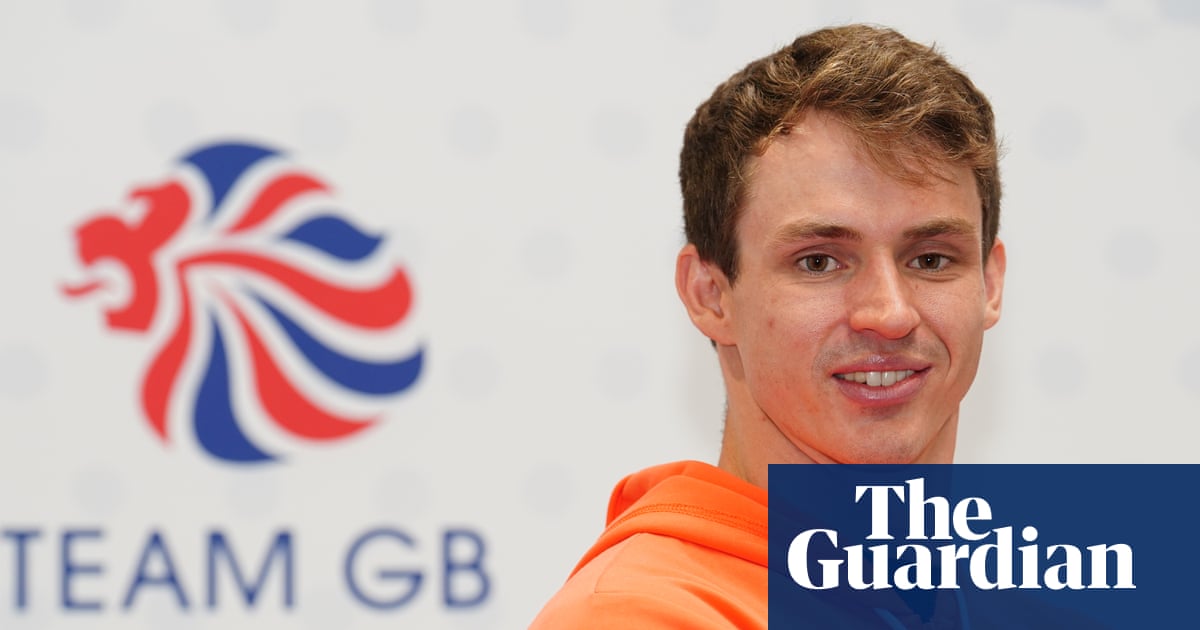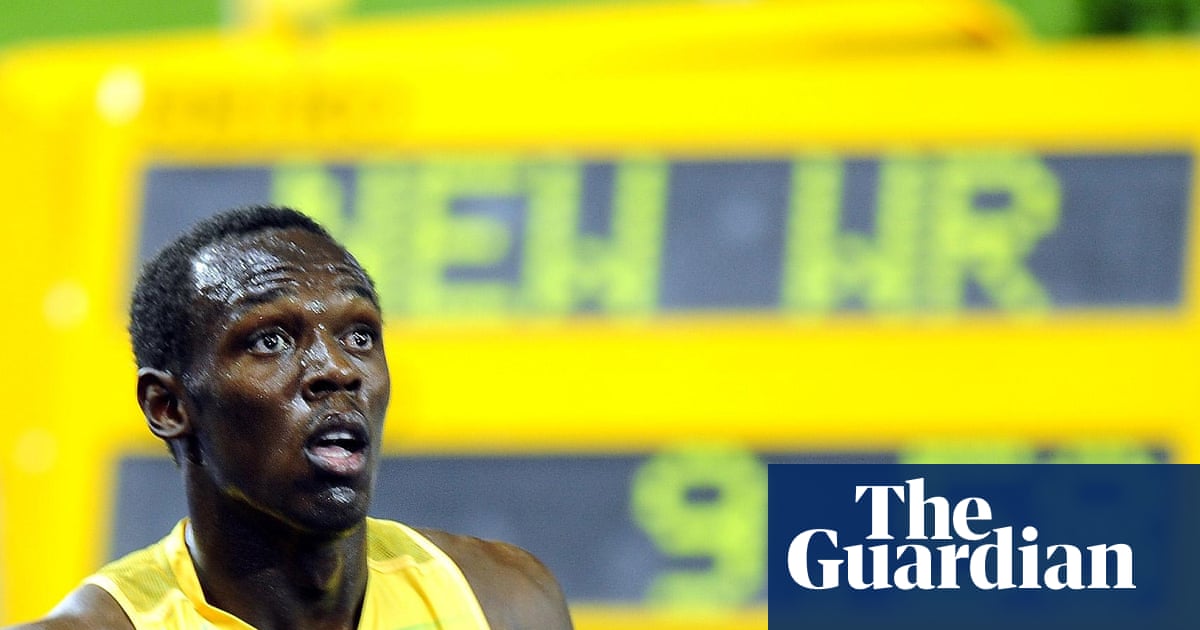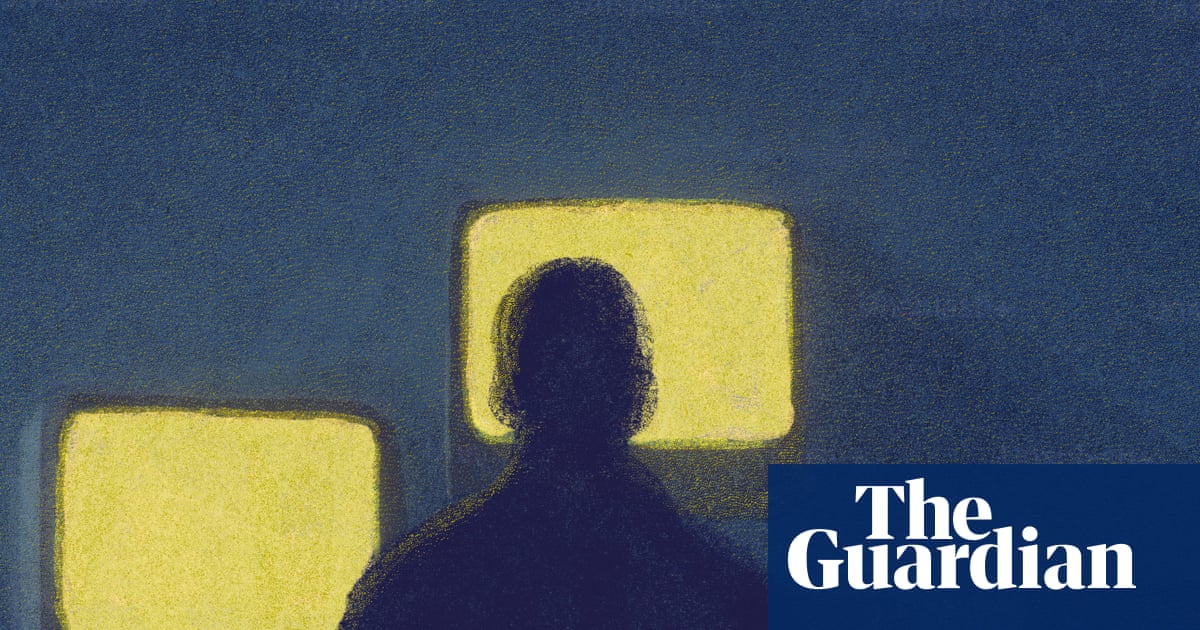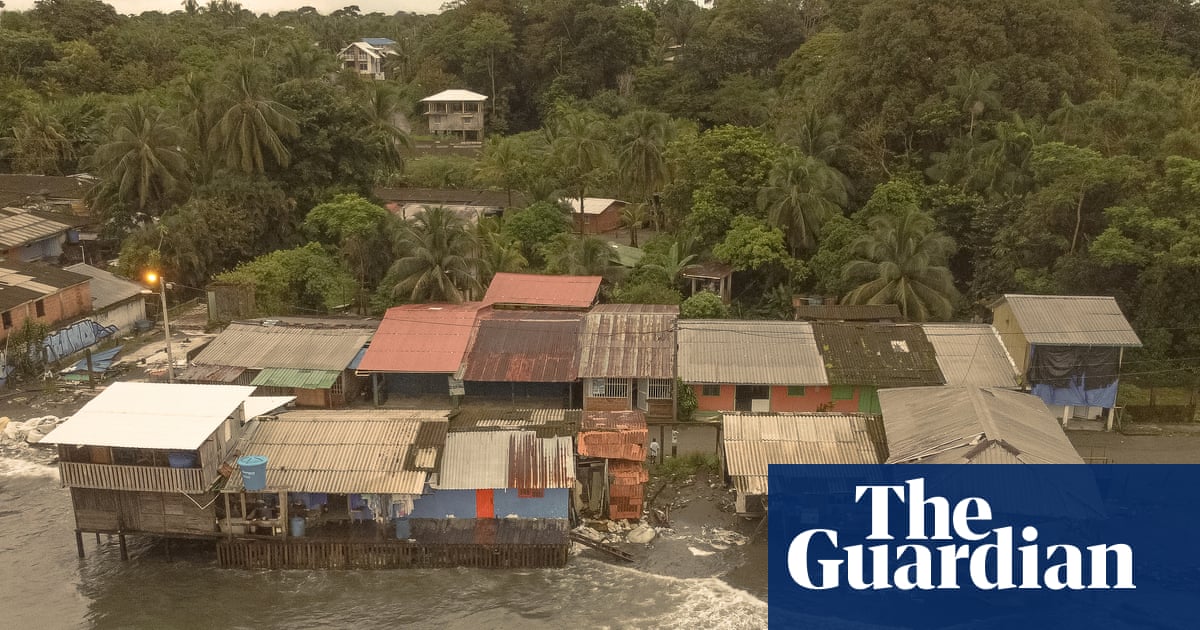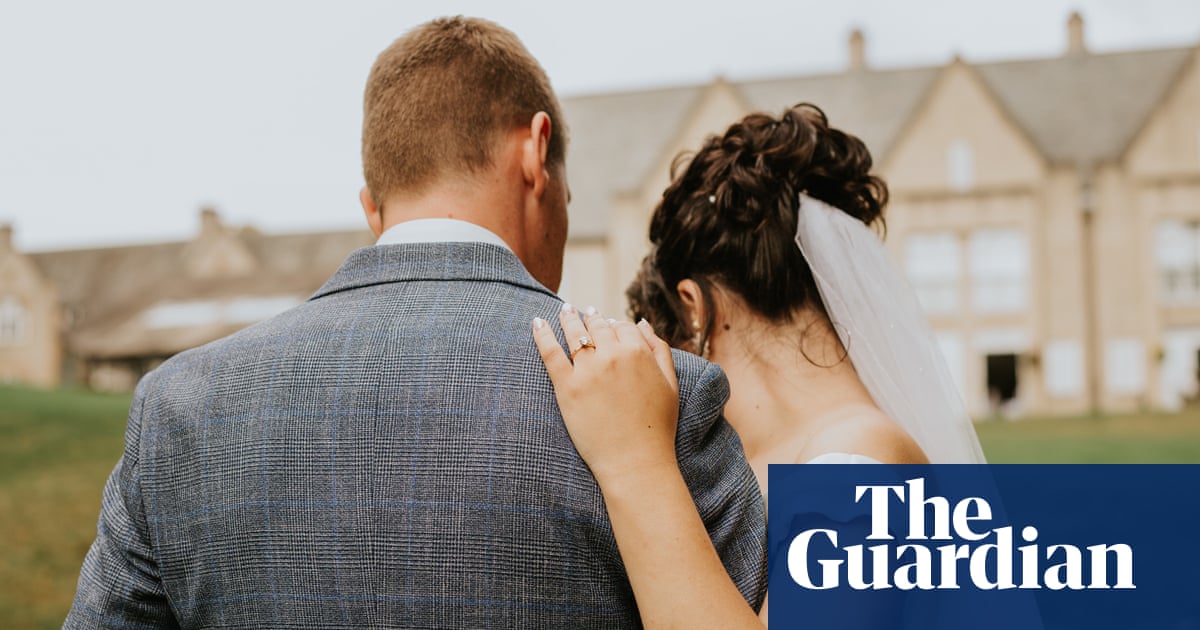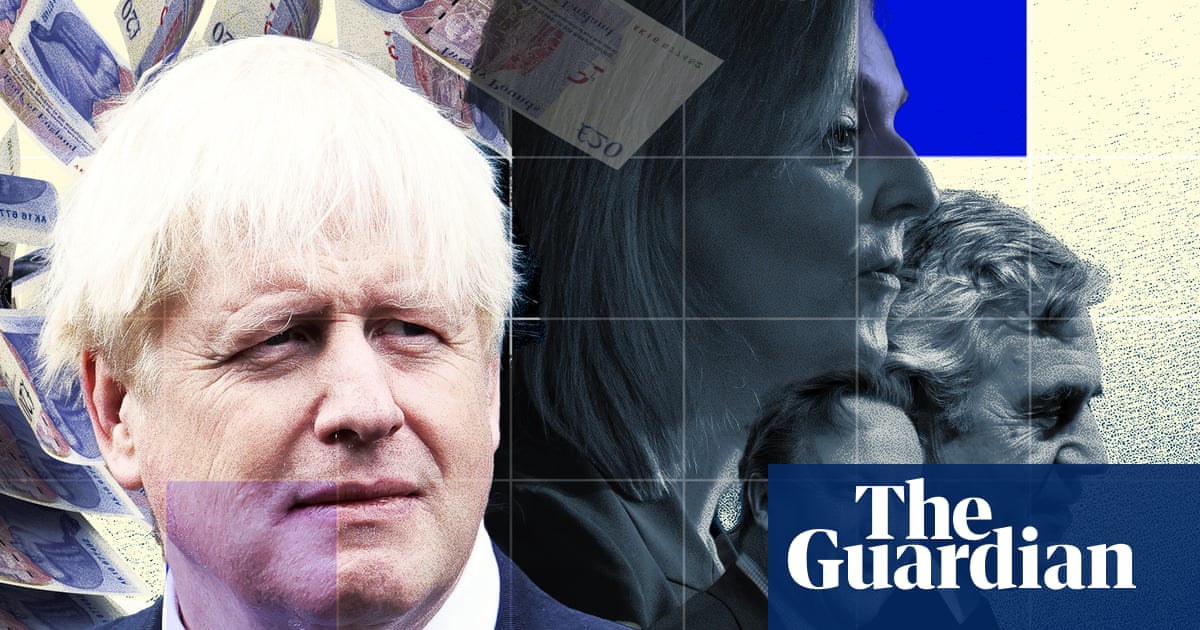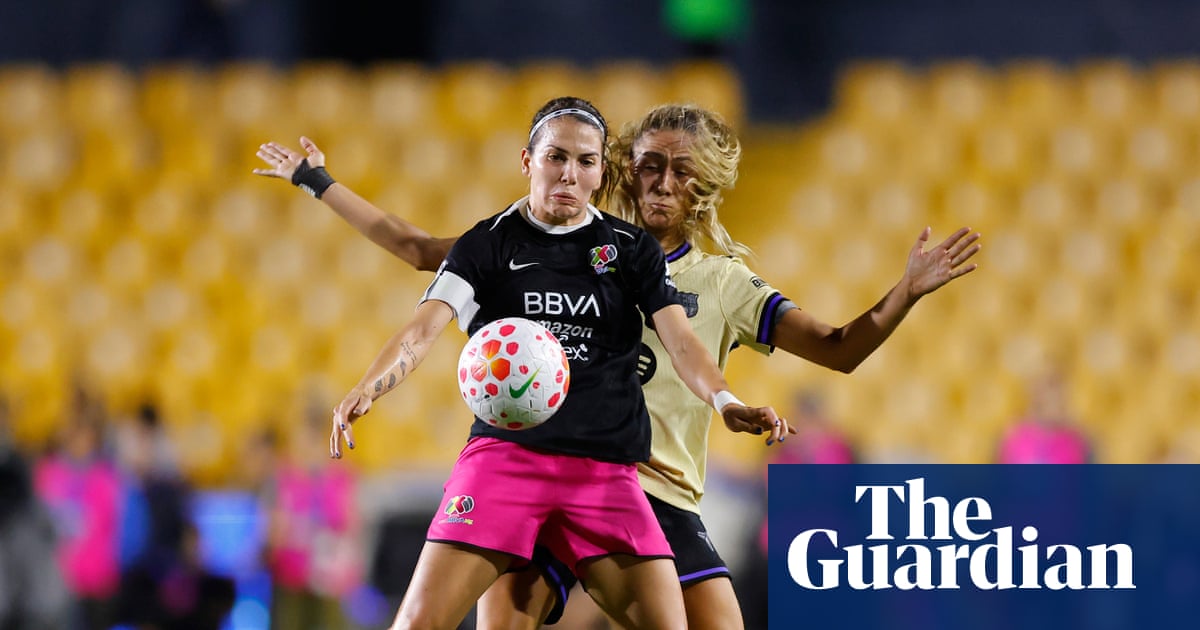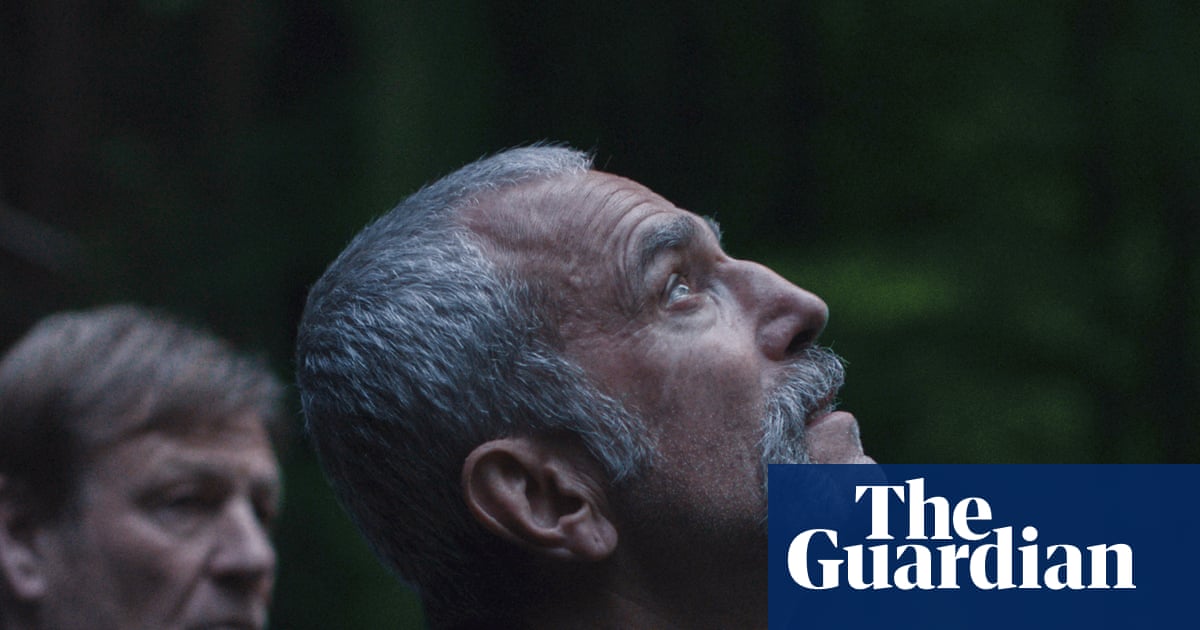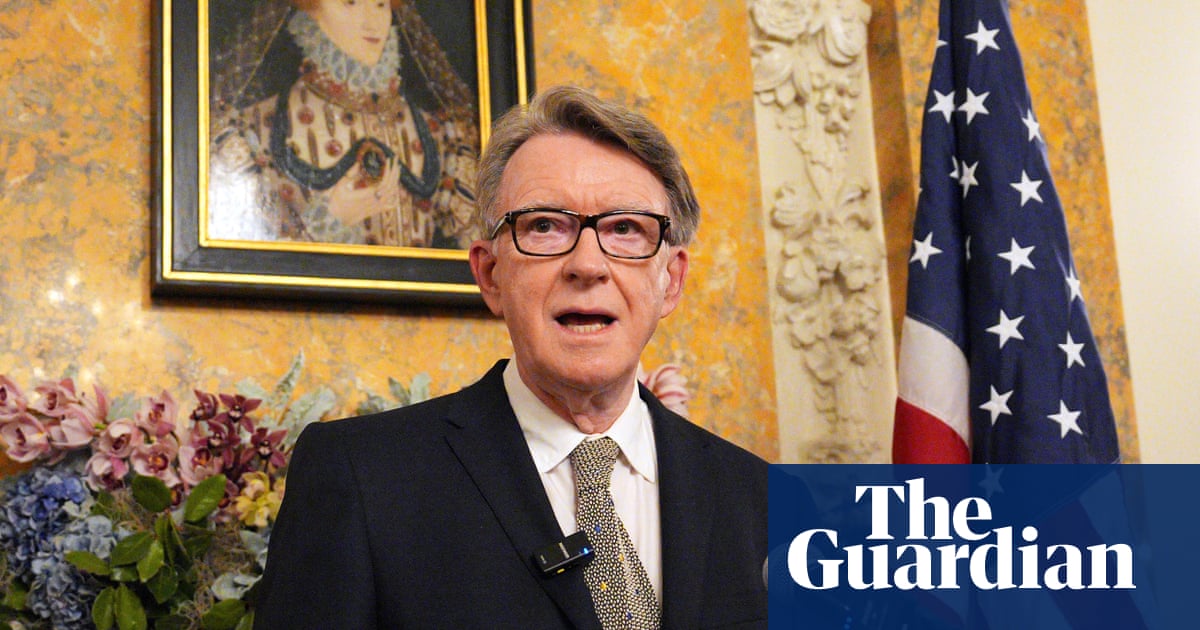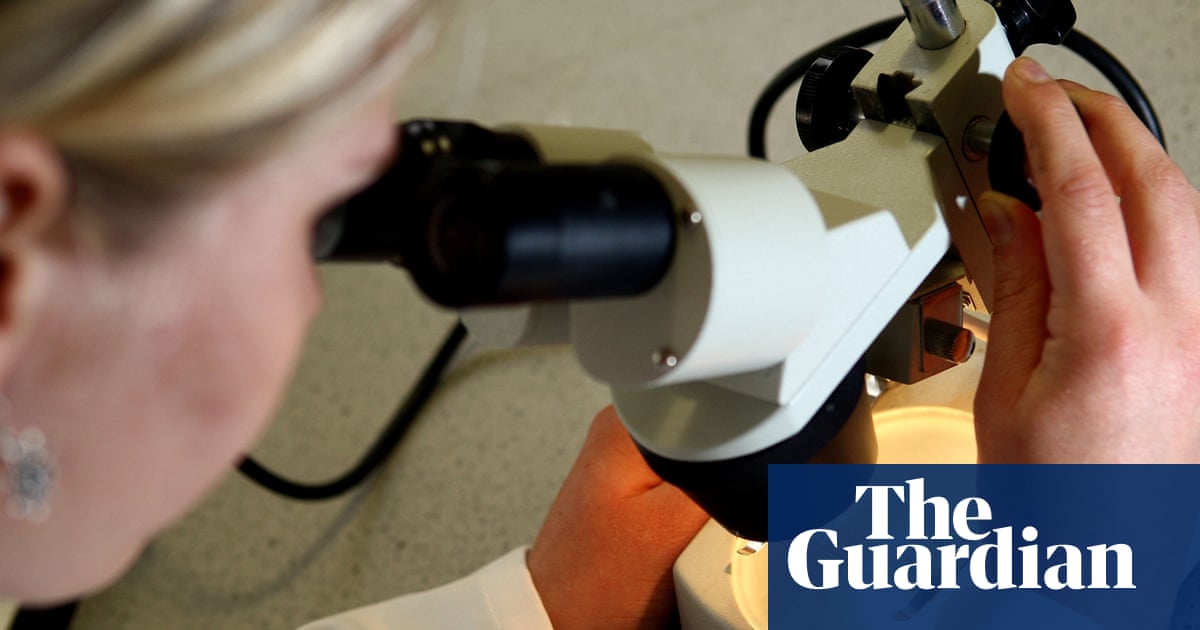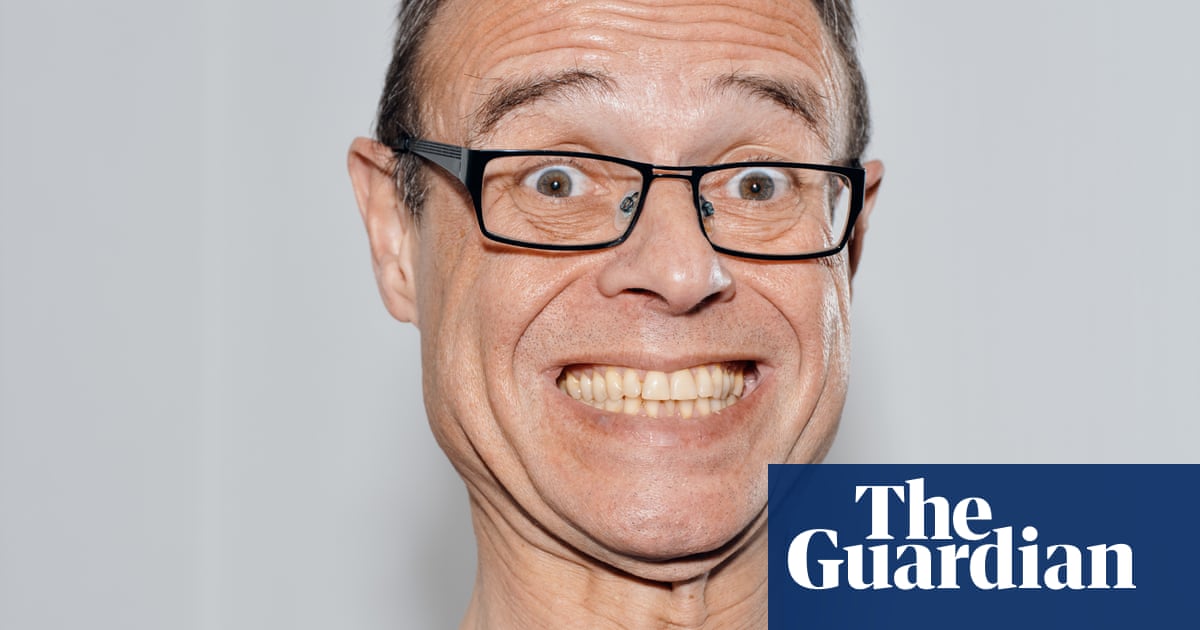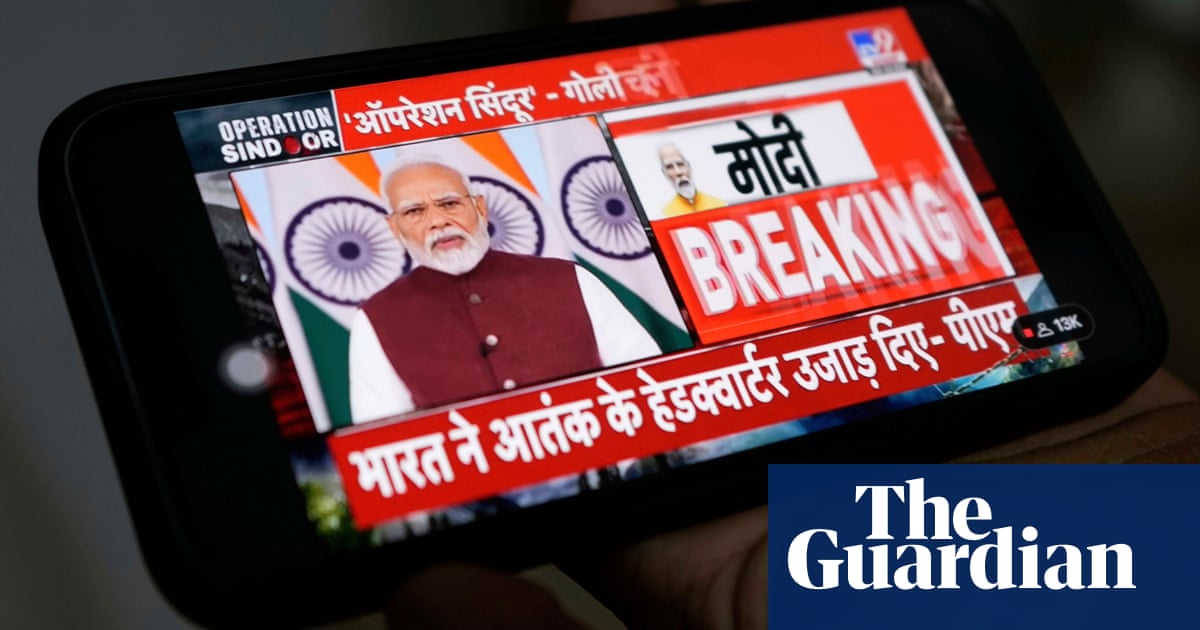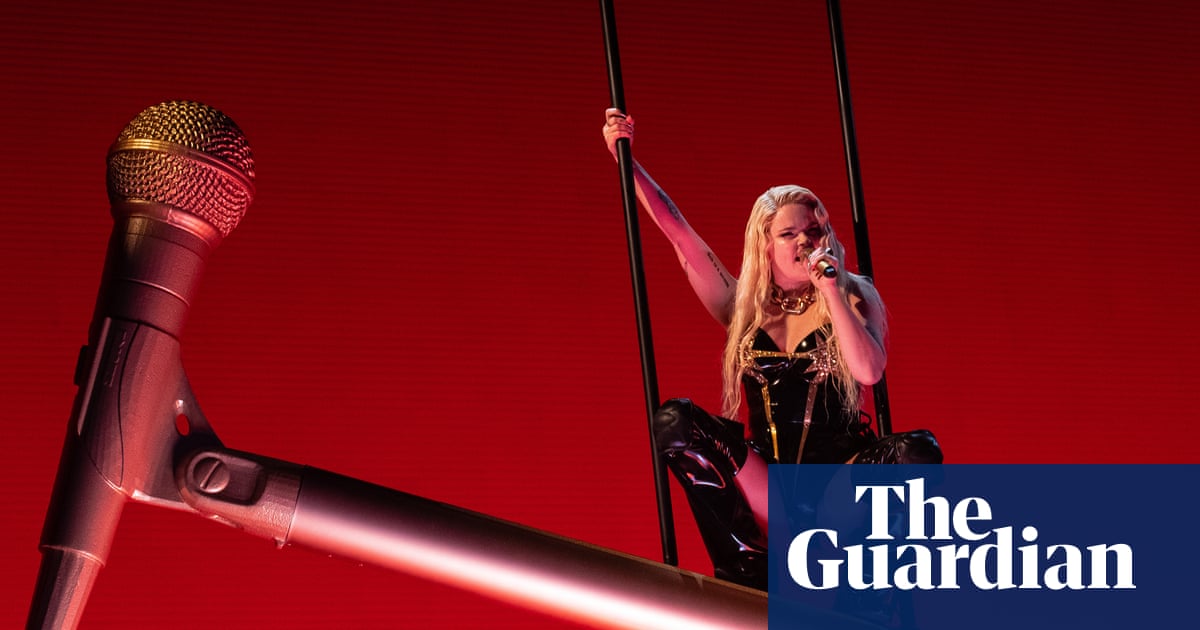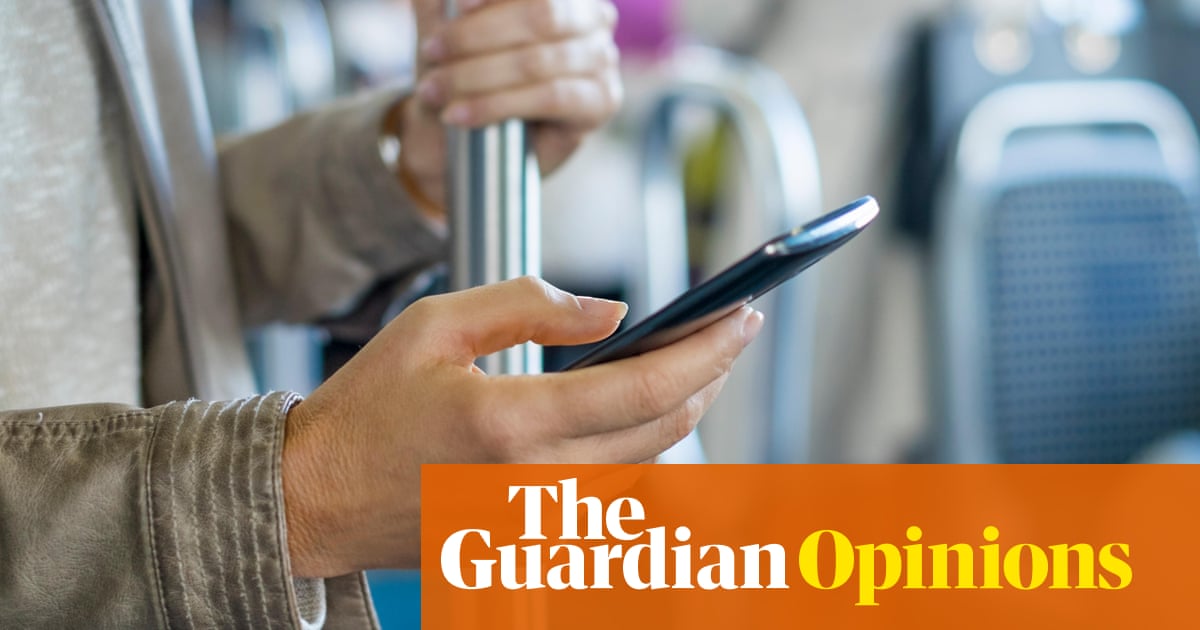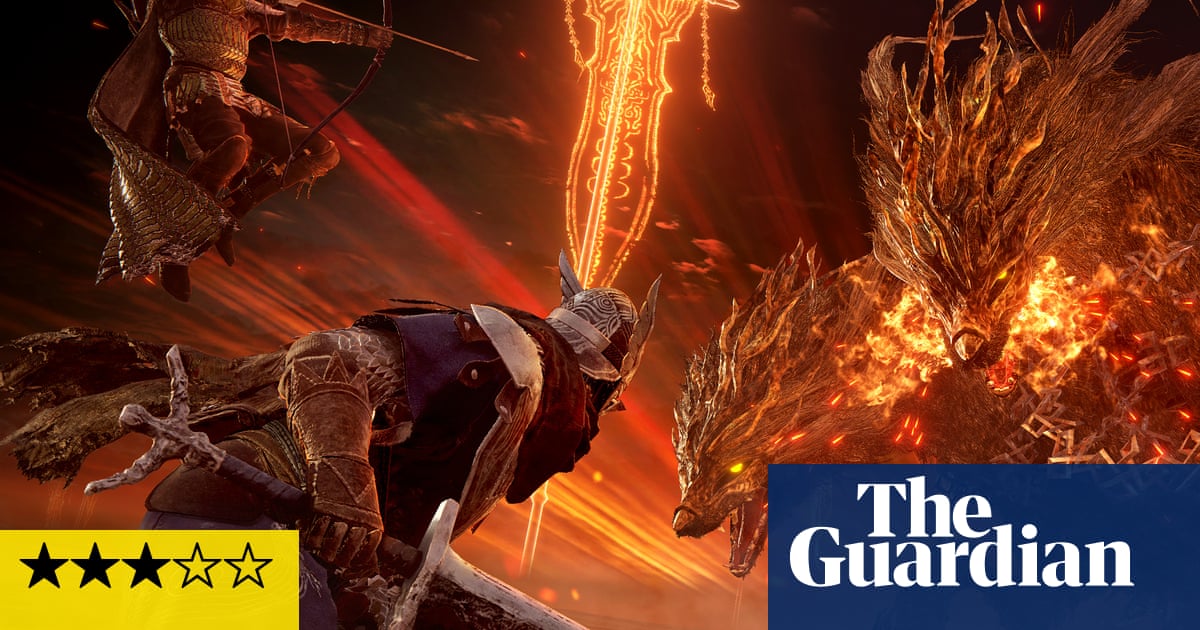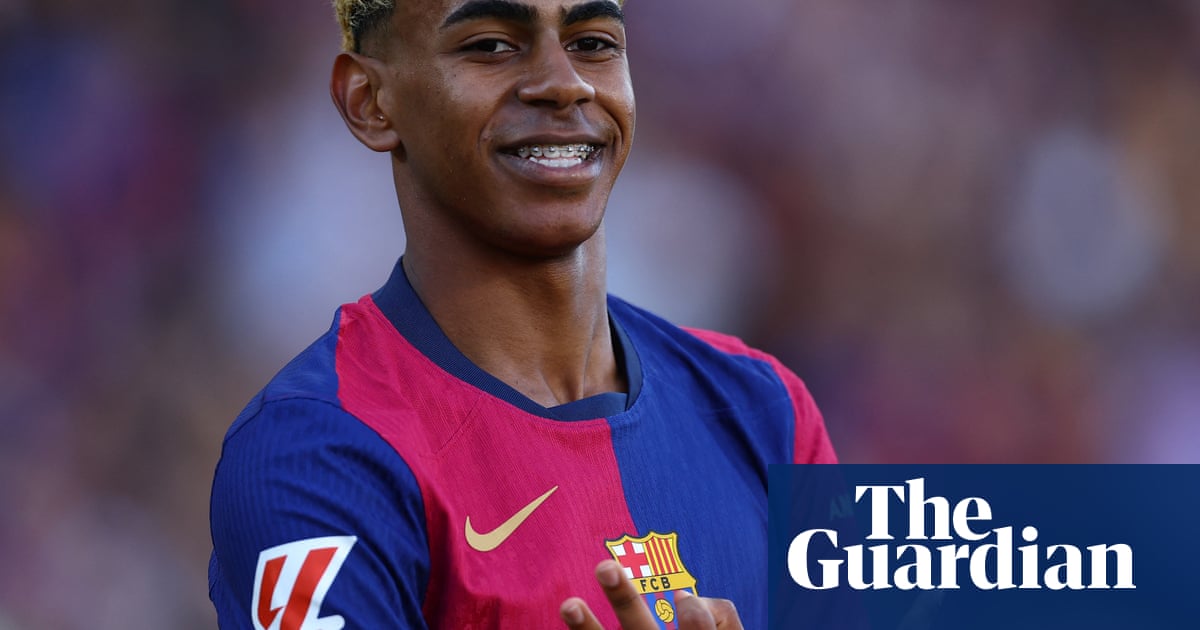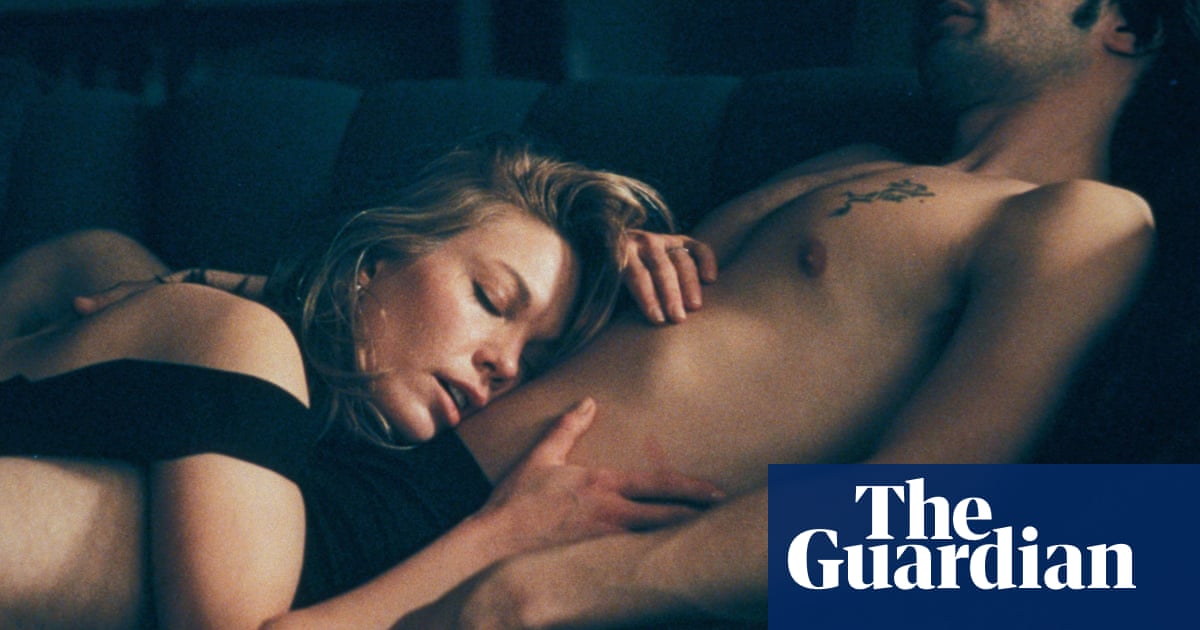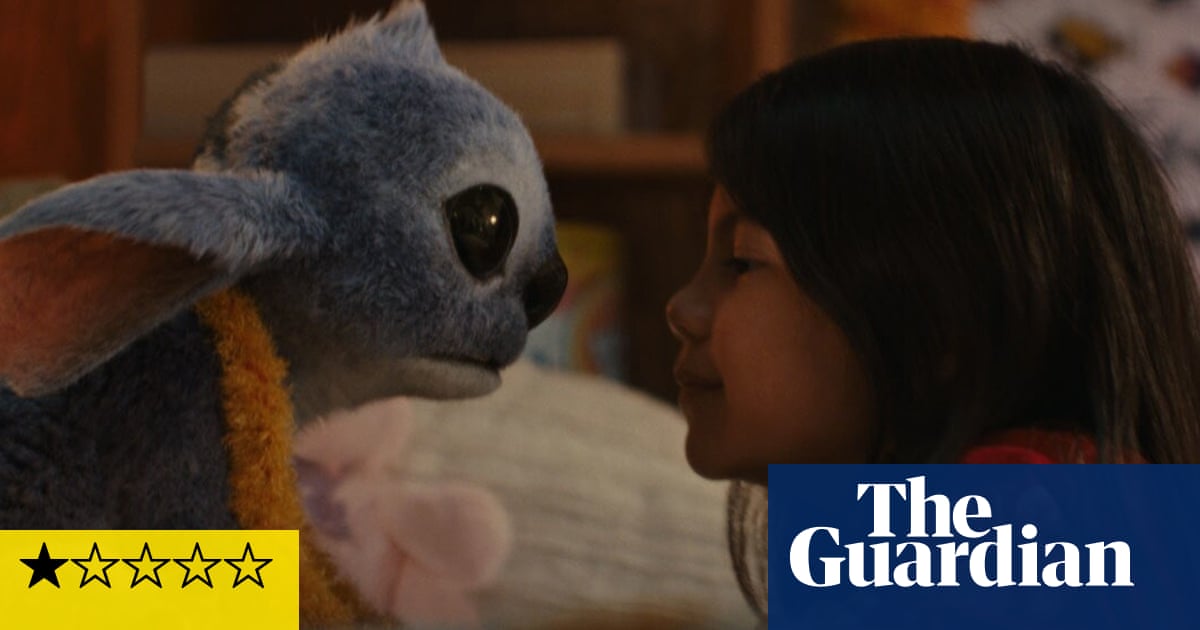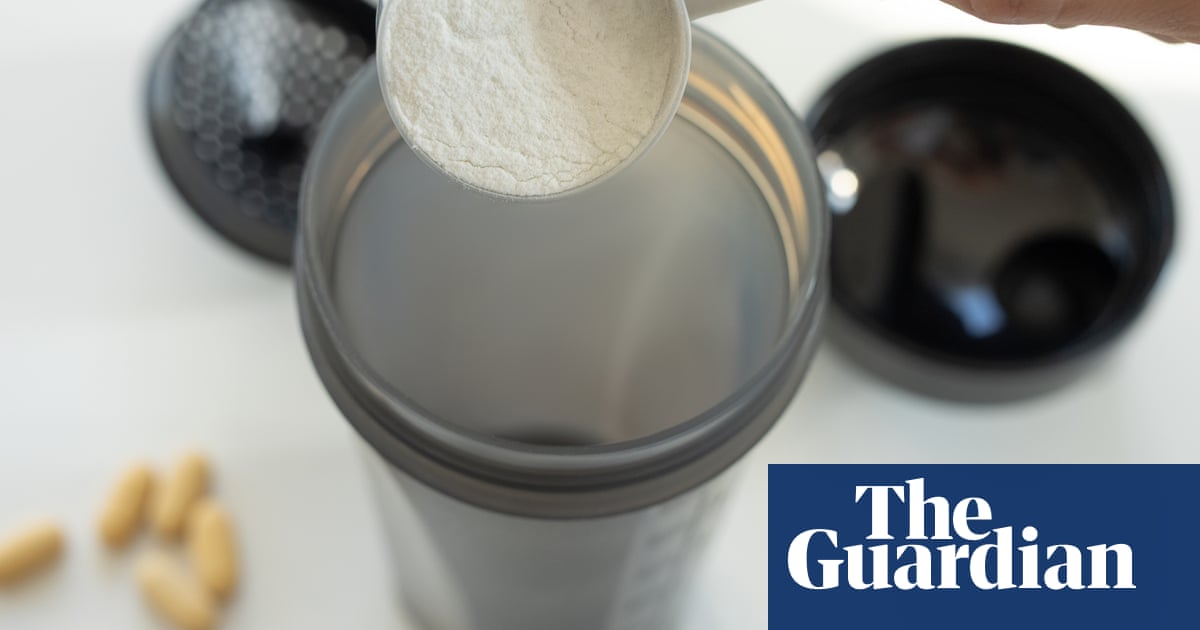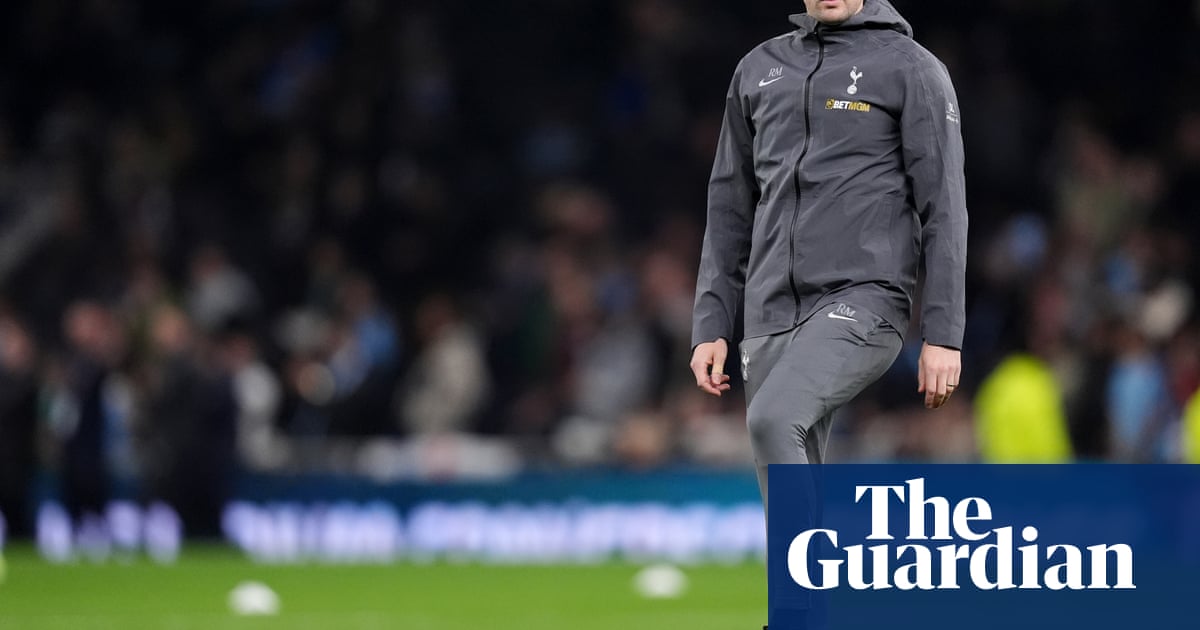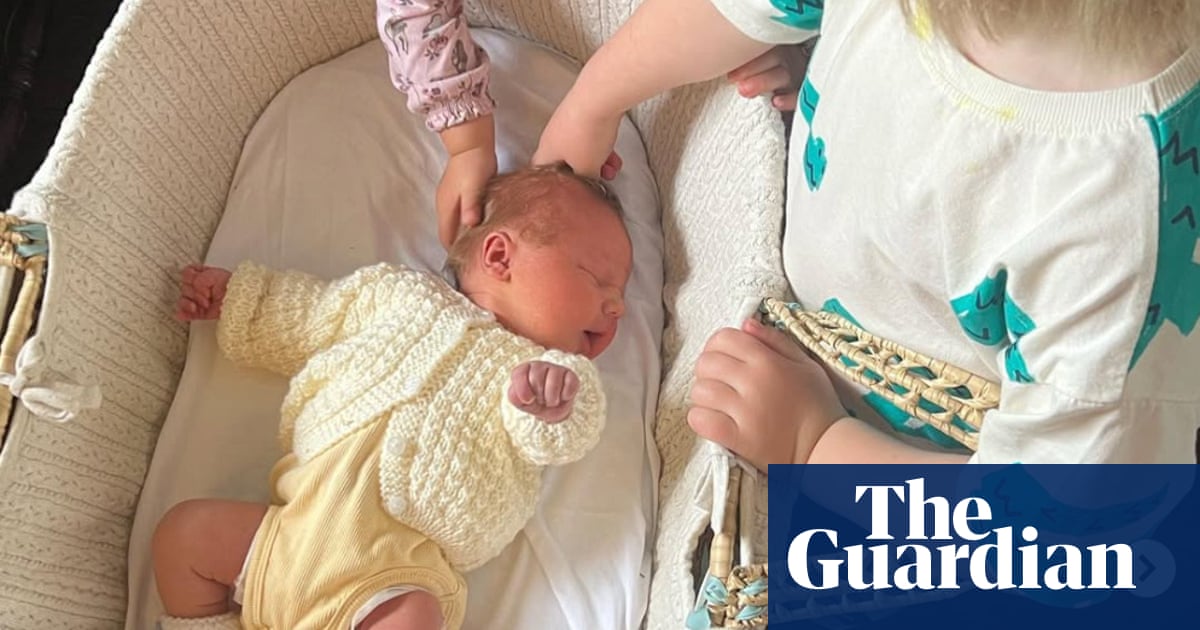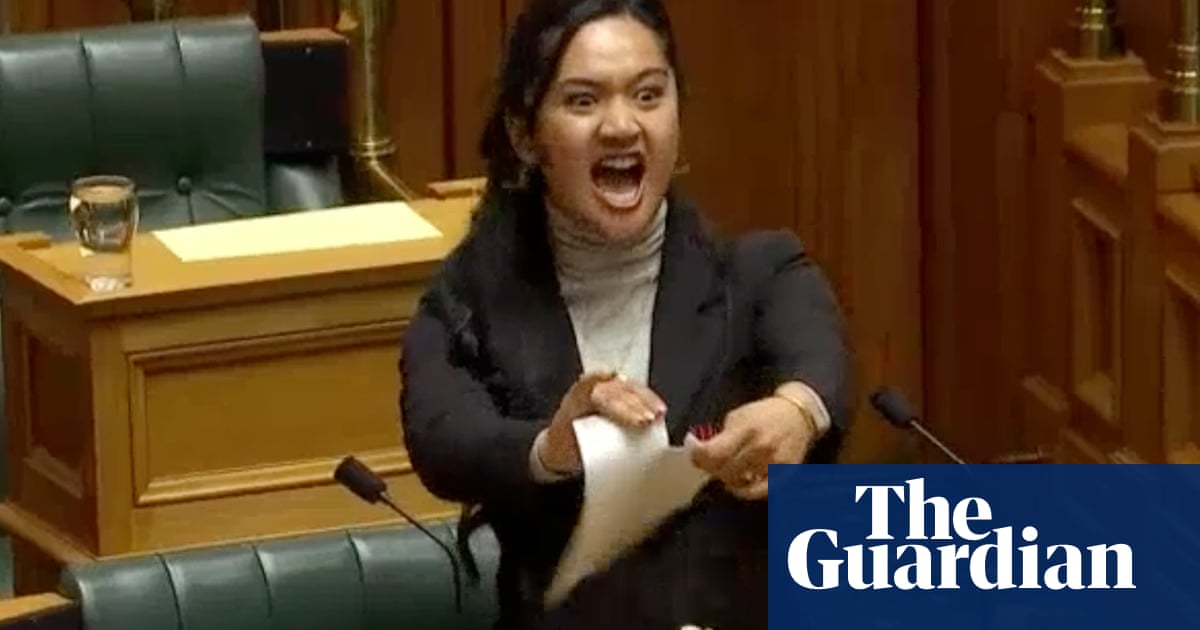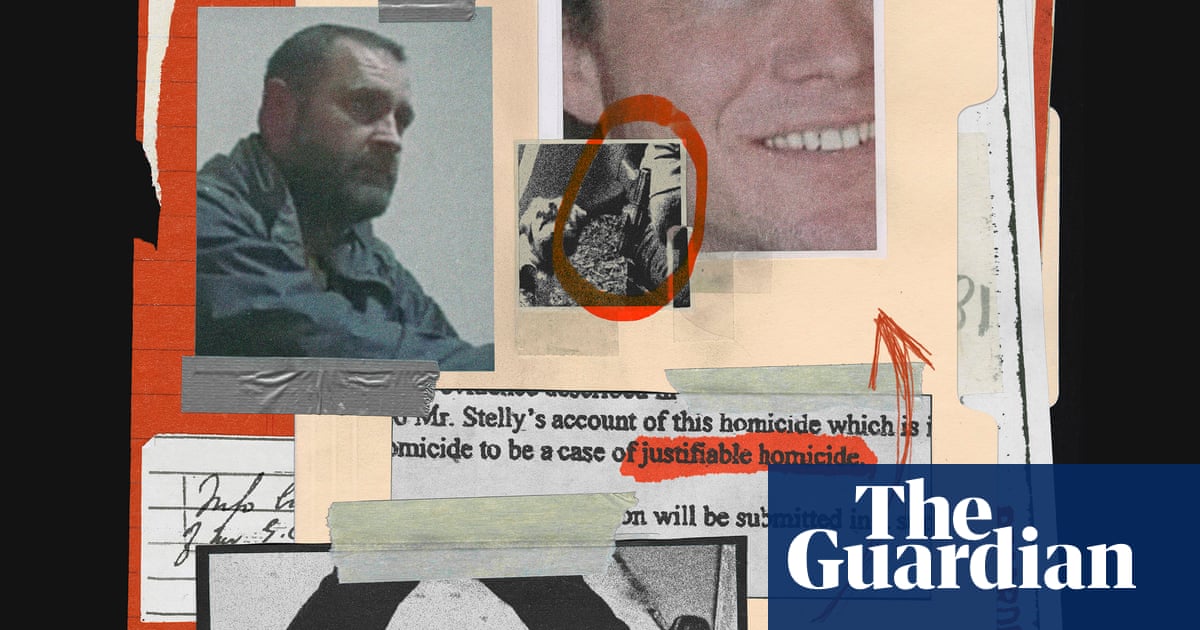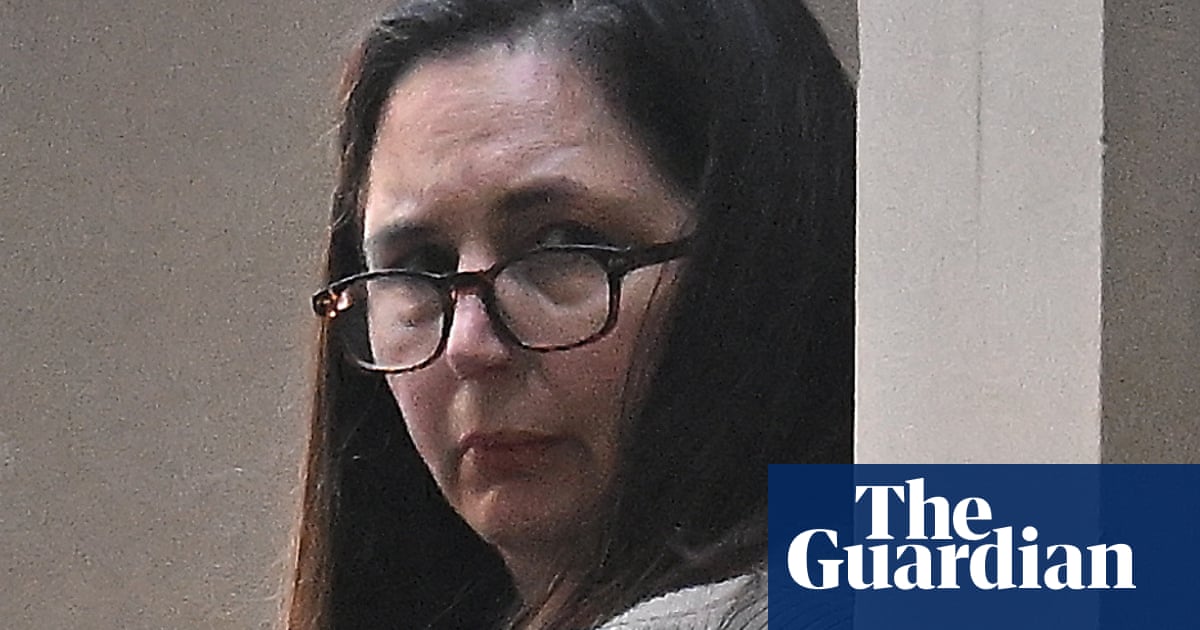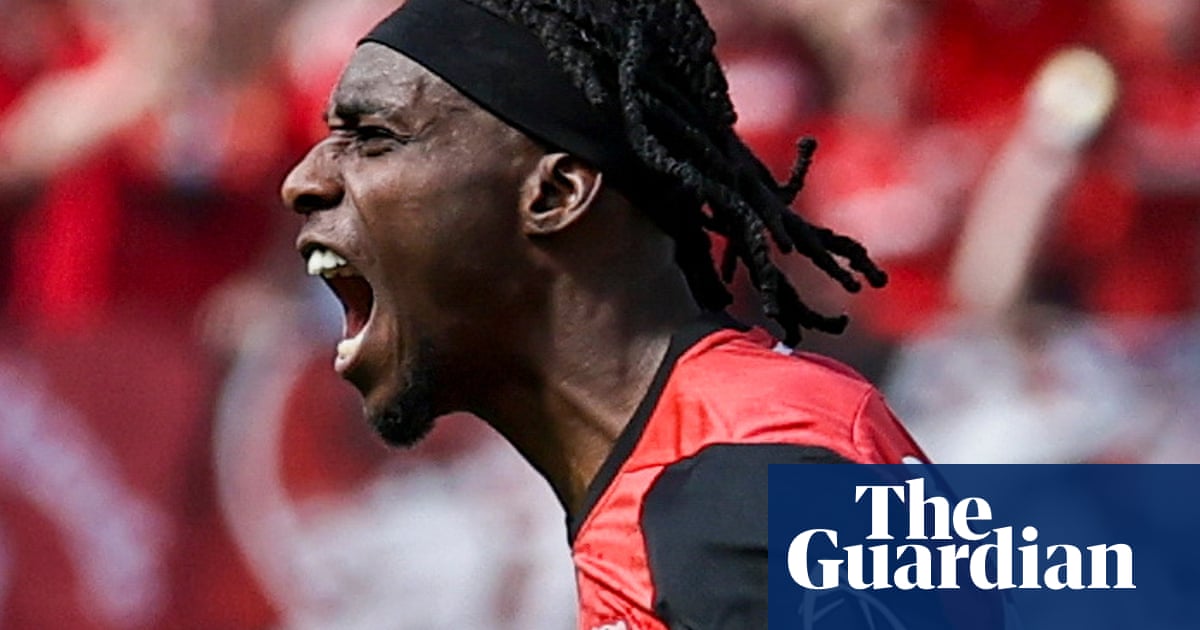In 2024, the number of internally displaced people around the world reached 83.4m, the highest figure ever recorded. Men, women, children, whole families and generations have been forced to flee their homes within their country as a result of conflict, violence, or natural disasters.
“Internal displacement rarely makes the headlines, but for those living it, the suffering can last for years,” says Jan Egeland, secretary general of the Norwegian Refugee Council, commenting on the latest figures from the Internal Displacement Monitoring Centre (IDMC).
Here, three people tell us what it has meant to be forced from their homes.
Baby Begum, Bangladesh
Bangladesh is one of the world’s most climate-vulnerable countries. The number of internally displaced people due to natural disasters has risen for four consecutive years and reached 2.4 million in 2024, according to the IDMC report. Baby Begum is 40 and has two disabled sons. She was first displaced by the catastrophic floods of 2022.
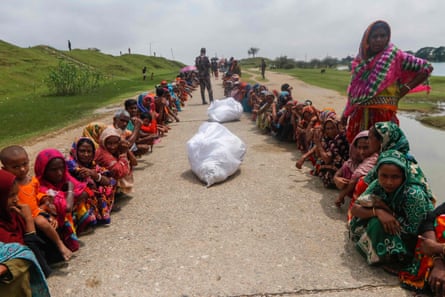
“Every year, before the monsoon season begins, I get this anxious feeling in the pit of my stomach. It starts with the first drops of rain and steadily gets worse. I grew up in Sunamganj, in north-east Bangladesh, where the monsoon season brings heavy rainfall for months at a time; about 80% of Bangladesh’s yearly rainfall occurs from June to October, and by the end of it, almost a third of our country is underwater.
I know water is essential for survival but it also has the power to destroy everything in its path. I have learned this first-hand.
In June 2022, catastrophic flash floods – the worst Bangladesh had seen in a century – inundated much of my home town, killing people in its wake, washing away my village and leaving thousands of people displaced.
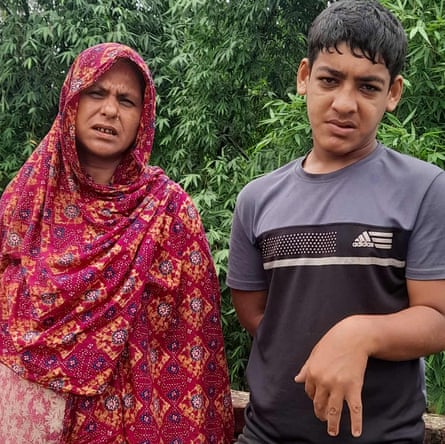
My family was among them and in the course of just a few days, we lost everything; our home, our crops and cattle, and our entire life savings.
I was at work when the flood water started rising and by the time I got home, my village was empty. The rescue boats that arrived to carry people to emergency shelters had already left and my family was stuck. My husband, Shafiq, had been watching our sons, Yunus and Bablu, who are both disabled and autistic. They were terrified.
It took only a few hours for our house to be under water. We scrambled on to the roof and cried out desperately for help as the water continued to rise.
I was convinced we would all drown. Although I can swim, my boys can’t and so we decided, if we had to die, we would die together.
Luckily, a fisherman with a boat rescued us at the last minute. We were taken to an emergency shelter but from there, things only got worse.
We thought it would be temporary but we were stuck there with hundreds of other families, all squeezed together in a crowded, unsanitary space. We had to queue for hours just to use the washroom and my boys would end up wetting themselves. It was a complete nightmare.
With our home destroyed, we were forced to leave. We went from one shelter to another and then, in 2023, we moved into a ramshackle hut in an overcrowded slum in nearby Sylhet, where we hoped we would find work.
I got a job as a housemaid and Shafiq became a rickshaw driver. But a few months later, he fell off his bike and seriously injured his back, leaving him unable to work.
I became the sole breadwinner of my family, earning only 5,000 taka [£30] a month.
The past few years have been really difficult. After losing everything to the floods, we have had to start again from scratch.
We had once saved enough to send our sons to a special school but now that dream feels impossible. We only have enough to get by and even that is a daily struggle.
In 2024, the floods returned. Our home, made from rusted tin sheets, was partly destroyed and I can’t afford to get the roof fixed so even during slight rainfall, it becomes damp and muddy.
The air is unbearable. We all feel suffocated. My children get sick often and I can’t afford medication. I constantly feel like I have failed them. I tell them this situation is only temporary but in reality, I don’t think things will ever get better for us. We didn’t just lose our home, but our close ties with our family and neighbours.
The floods have washed away all our hopes and dreams. In my village, we knew everyone and there were always people around who we could rely on for help. My sons felt safe and secure. They had friends.
But now we have lost all of that – and it feels like we are never getting it back.
As told to Thaslima Begum
Mubarak Ibrahim, Sudan
In 2024, Sudan hosted 11.6 million internally displaced people, the most ever recorded in a single country, as fighting between the Sudanese armed forces and the Rapid Support Forces (RSF) created the world’s worst humanitarian crisis. Mubarak Ibrahim is 50 and has five children. He and his family were forced to flee his village, which is Zaghawa, an African ethnic group repeatedly targeted by the RSF.
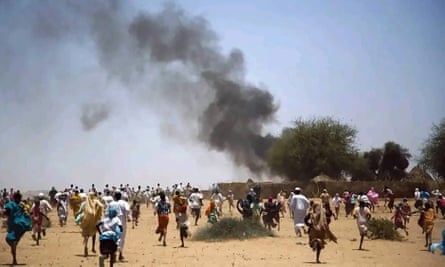
“We had no choice but to leave. They were bombing us 24 hours a day with all kinds of heavy weapons. Then, three weeks ago, the RSF attacked our village, Saloma, in North Darfur. They burned down houses, shot civilians in the street. Most of those they killed were children, women or old men.
I have five children: two girls and three boys aged between three and 13. I needed to get them out.
after newsletter promotion
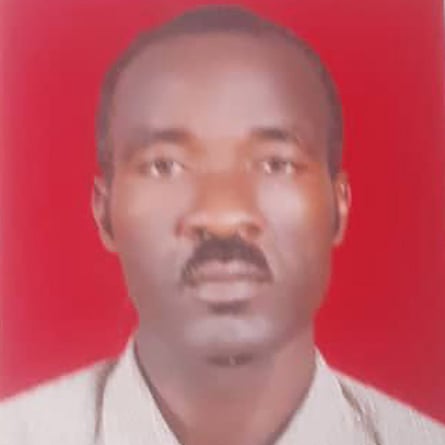
At night, while the village was under attack, we managed to escape and headed west. It was difficult and very dangerous. One of my daughters, who is 11, was shot in the hand by a stray bullet.
We left everything behind in Saloma, where I had lived for decades. Although now officially displaced, the truth is that I had spent my entire life in a camp for displaced people: Saloma lies close to the original site of the Zamzam camp, built in 2004 to house huge numbers of people displaced by the war in Darfur.
Over time, its numbers increased to an estimated 700,000, becoming Sudan’s largest displacement camp. As it grew, Zamzam engulfed my village, which is now actually in the heart of it.
After we escaped from Saloma, we walked for about 30km [18 miles] to the small town of Tawila. Even there we are not feeling safe, especially the children and women because they fear the militia will attack them.
Yet it is better than before, although we have nothing. People are sleeping under trees or outdoors in valleys. Some have headed into the Jebel Marra hills.
There is no food and we are also very short of water. We have no source of water and we have entered the summer season. Temperatures are already very high.
Some people who fled the RSF attack on Zamzam died of thirst on the way to Tawila. It was mainly old women who died after running out of water on journeys of up to 50km on foot.
There is also no medicine. It has been very difficult trying to help my daughter after she was shot. Only traditional medicine is available. We have to use local materials to treat her.
No outside organisation can reach us – there is no access. Already the situation is critical.
Also, my mother is 75 years old and very sick. I am scared she could die because she has high blood pressure and other illnesses.
Every day more people are arriving from Zamzam or El Fasher, where it is very unsafe. Still the people keep on arriving in Tawila, coming from different directions, using longer routes. Daily, the numbers of Darfur’s displaced continues to grow.
As told to Mark Townsend
Rosmira Campos, Colombia
Colombia has one of the world’s most severe internal displacement crises, with nearly 7 milliondriven by decades of conflict and violence. By mid-2024, nearly 7 million people had been displaced within the country, with the government recognising them as eligible for aid and reparations. Continued clashes between non-state armed groups affected about 183,400 people in the first half of 2024 alone. Rosmira is 30, widowed and has four young children. They were forced out of their village by clashes between the military and armed paramilitary groups.
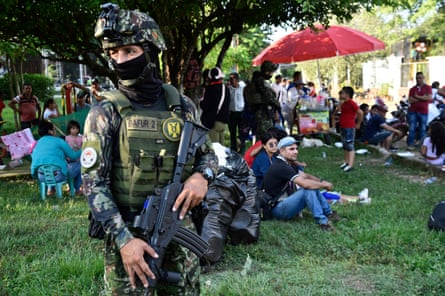
“I am a leader and spokesperson for the Emberá-Katío Indigenous people in the Chocó region, where I come from. I have been living in Bogotá for several years now because my home has become a war zone, and we cannot return until the government guarantees our safety.
The ELN [National Liberation Army, Colombia’s largest paramilitary group], armed men with machine guns, are clashing with the military there, and we are caught in the crossfire. It’s a ‘red zone’.
At times, armed groups – these men in green uniforms with guns – threaten or clash with us over territory. They attempt to recruit our children and encroach on our land for mining, so we have to protect ourselves with the Indigenous guard. We just want to live in peace.
When I was 15, they took me once and raped me. I was out gathering food. It was horrible. Now, 150 families live here in the tents we put up in the Parque Nacional, one of Bogotá’s most-loved parks. I don’t want to be here. I don’t like it. It’s cold and wet, and we are always ill. But we can’t go home as it’s too dangerous.
It’s really tough getting by. I have four children aged between two and 11 years. My husband died two years ago during the pandemic.
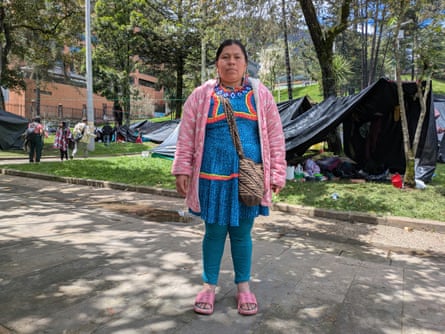
I make artisanal goods such as bracelets, necklaces and clothing, and sell them on the street. But it’s not every day people want to buy them. So sometimes we have to go hungry. There is no other work for us.
My region is incredibly green and mountainous, with waterfalls and clear, pristine rivers flowing through it. There are no roads. I still have cousins, aunties and uncles living there. My parents are dead.
At home, we used to rely on the plantains, cassava and corn we grew on the land. There were many animals, such as birds and monkeys, but they have been absent since the conflict began.
The army has been fumigating the area with chemicals since 2015 to prevent the armed men from growing coca crops, and it seems to have devastated the entire natural environment. Now, we cannot cultivate crops; the land yields very little.
Since 2019, I have lived in Bogotá in five different places. I have been taking Spanish classes with a teacher at a college, so I can now understand a little.
We have mostly lived in camps we have set up in parks, but the conditions were poor, so we had to move on. About 400 of us returned to live in this park again on Monday to protest and urge the government to take action. They never fulfil their promises.
Some of us want the government to help us in returning home, while others seek support to move to a different place.
Local people don’t want us here, and they can sometimes be aggressive. It makes me sad; they ought to show us some respect. We don’t want to be here either – but we have no choice.
As told to Luke Taylor

 3 months ago
96
3 months ago
96
